Lot details Please note this Lot is to be sold at No Reserve. 本拍品不設底價 Of square section with cropped corners, the baluster body supported on a short waisted foot and rising to a slender neck with a flared mouth. The exterior finely painted in bright enamels with heroes and heroines from the Wu Shuang Pu with accompanying inscriptions. Sun Quan, Di Renjie, Fu Sheng, and Wu Zetian are named on their flanking cropped corners, alternating high and low, and an epithet for each written above their emblems, along with excerpts from their stories in the Wu Shuang Pu above and below each figure. Provenance: English trade. Condition: Very good condition with only minor wear and firing irregularities. The rim with a shallow chip. Weight: 3,161 g Dimensions: Height 38.9 cm Please click here to read the full description Wu Shuang Pu ('Table of Peerless Heroes') by Jin Guliang is a book of woodcut prints, first printed in 1694, early on in the Qing dynasty. This book contains the biographies and imagined portraits of 40 notable heroes and heroines from the Han Dynasty to the Song Dynasty, all accompanied by a brief introduction and guided by a related poem in Yuefu style. The illustrations from the book were widely distributed and re-used, often as motifs on Chinese porcelain. Di Renjie (630-700), formally Duke Wenhui of Liang, was a Chinese politician of the Tang and Wu Zhou dynasties, twice serving as chancellor during the reign of Wu Zetian. He was one of the most celebrated officials of Wu Zetian's reign and was thus included in Wu Shuang Pu. He is depicted on this lot wearing polychrome robes with floral medallions. Fu Sheng (268-178 BC) was a Chinese philosopher and writer. He was a Confucian scholar of the Qin and Western Han dynasties of ancient China, famous for saving the Confucian classic Shangshu (‘Book of Documents’) from the book burning of the first Qin emperor. Fu Sheng is recognized as one of the most important Confucians of the Han Dynasty. He is often venerated in Confucian temples along with other sages, and has been a subject of many poems, essays, and paintings. He is depicted on this lot seated on a rock ledge and above him are his emblematic books. Wu Zetian (624-705) was the first and only female emperor in Chinese history. She subsequently founded and ruled the Wu Zhou dynasty of China from 690 to 705. She was the only female sovereign in the history of China widely regarded as legitimate. Under her 40-year reign, China grew larger, becoming one of the great powers of the world, its culture and economy revitalized, and corruption in the court reduced. She was removed from power in a coup and died a few months later. She is depicted on this lot wearing her imperial robes, and above her is Mount Song where her rule was legitimized during the Feng Shan. Sun Ce (175-200) was a Chinese military general, politician, and warlord who lived during the late Eastern Han dynasty of China. He was the eldest child of Sun Jian, who had found the Heirloom Seal of the Realm when his forces occupied the evacuated Han imperial capital of Luoyang, in the course of the campaign against Dong Zhuo, and later suffered a violent death during the Battle of Xiangyang when Sun Ce was only 16. Upon his father’s death, Sun Ce inherited the seal and gave it to Yuan Shu so that he might lend him troops to take revenge for his uncle, who had been fighting Warlord Lu Kang. The young Sun Quan is depicted on this lot wearing heavy armor with a sheathed sword, holding a large axe, with the Heirloom Seal of the Realm painted above. Expert’s note: The Heirloom Seal of the Realm, also known in English as the Imperial Seal of China, was a Chinese jade seal allegedly carved out of the Heshibi, a sacred piece of jade. The Seal can safely be described as the most important and valuable lost artifact in the world. The Seal was created in 221 BC, shortly after Qin Shi Huang unified China and established the Qin dynasty, China's first imperial dynasty. It then
Lot details Please note this Lot is to be sold at No Reserve. 本拍品不設底價 Of square section with cropped corners, the baluster body supported on a short waisted foot and rising to a slender neck with a flared mouth. The exterior finely painted in bright enamels with heroes and heroines from the Wu Shuang Pu with accompanying inscriptions. Sun Quan, Di Renjie, Fu Sheng, and Wu Zetian are named on their flanking cropped corners, alternating high and low, and an epithet for each written above their emblems, along with excerpts from their stories in the Wu Shuang Pu above and below each figure. Provenance: English trade. Condition: Very good condition with only minor wear and firing irregularities. The rim with a shallow chip. Weight: 3,161 g Dimensions: Height 38.9 cm Please click here to read the full description Wu Shuang Pu ('Table of Peerless Heroes') by Jin Guliang is a book of woodcut prints, first printed in 1694, early on in the Qing dynasty. This book contains the biographies and imagined portraits of 40 notable heroes and heroines from the Han Dynasty to the Song Dynasty, all accompanied by a brief introduction and guided by a related poem in Yuefu style. The illustrations from the book were widely distributed and re-used, often as motifs on Chinese porcelain. Di Renjie (630-700), formally Duke Wenhui of Liang, was a Chinese politician of the Tang and Wu Zhou dynasties, twice serving as chancellor during the reign of Wu Zetian. He was one of the most celebrated officials of Wu Zetian's reign and was thus included in Wu Shuang Pu. He is depicted on this lot wearing polychrome robes with floral medallions. Fu Sheng (268-178 BC) was a Chinese philosopher and writer. He was a Confucian scholar of the Qin and Western Han dynasties of ancient China, famous for saving the Confucian classic Shangshu (‘Book of Documents’) from the book burning of the first Qin emperor. Fu Sheng is recognized as one of the most important Confucians of the Han Dynasty. He is often venerated in Confucian temples along with other sages, and has been a subject of many poems, essays, and paintings. He is depicted on this lot seated on a rock ledge and above him are his emblematic books. Wu Zetian (624-705) was the first and only female emperor in Chinese history. She subsequently founded and ruled the Wu Zhou dynasty of China from 690 to 705. She was the only female sovereign in the history of China widely regarded as legitimate. Under her 40-year reign, China grew larger, becoming one of the great powers of the world, its culture and economy revitalized, and corruption in the court reduced. She was removed from power in a coup and died a few months later. She is depicted on this lot wearing her imperial robes, and above her is Mount Song where her rule was legitimized during the Feng Shan. Sun Ce (175-200) was a Chinese military general, politician, and warlord who lived during the late Eastern Han dynasty of China. He was the eldest child of Sun Jian, who had found the Heirloom Seal of the Realm when his forces occupied the evacuated Han imperial capital of Luoyang, in the course of the campaign against Dong Zhuo, and later suffered a violent death during the Battle of Xiangyang when Sun Ce was only 16. Upon his father’s death, Sun Ce inherited the seal and gave it to Yuan Shu so that he might lend him troops to take revenge for his uncle, who had been fighting Warlord Lu Kang. The young Sun Quan is depicted on this lot wearing heavy armor with a sheathed sword, holding a large axe, with the Heirloom Seal of the Realm painted above. Expert’s note: The Heirloom Seal of the Realm, also known in English as the Imperial Seal of China, was a Chinese jade seal allegedly carved out of the Heshibi, a sacred piece of jade. The Seal can safely be described as the most important and valuable lost artifact in the world. The Seal was created in 221 BC, shortly after Qin Shi Huang unified China and established the Qin dynasty, China's first imperial dynasty. It then

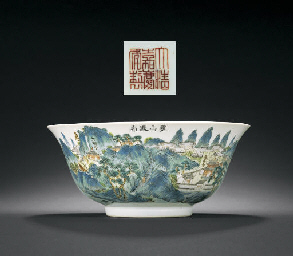
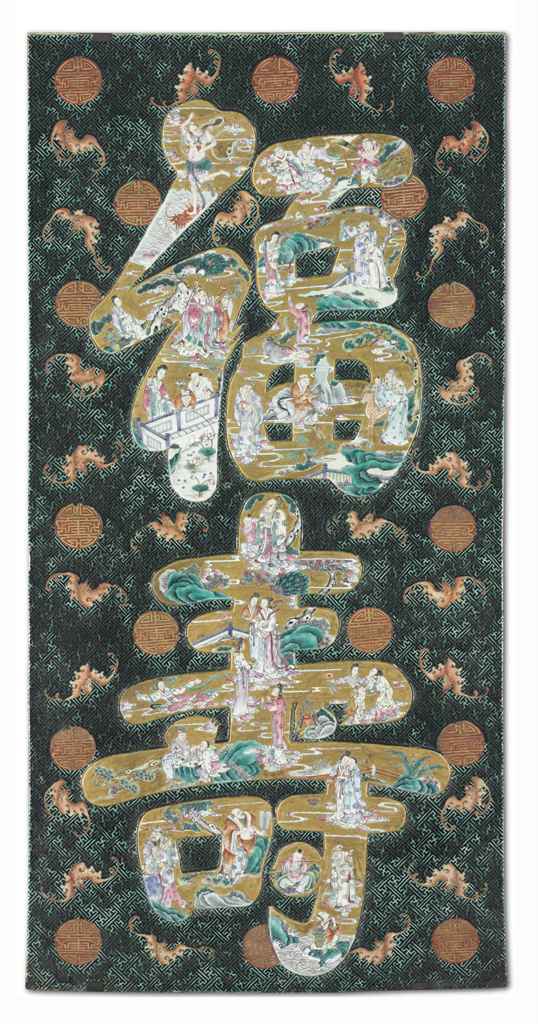
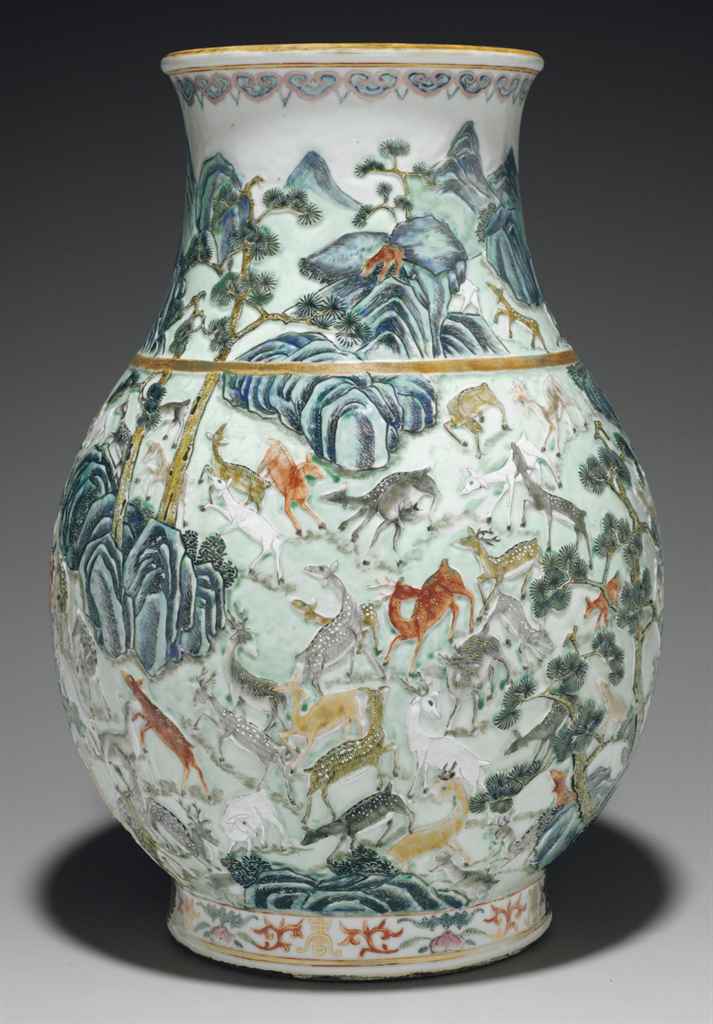

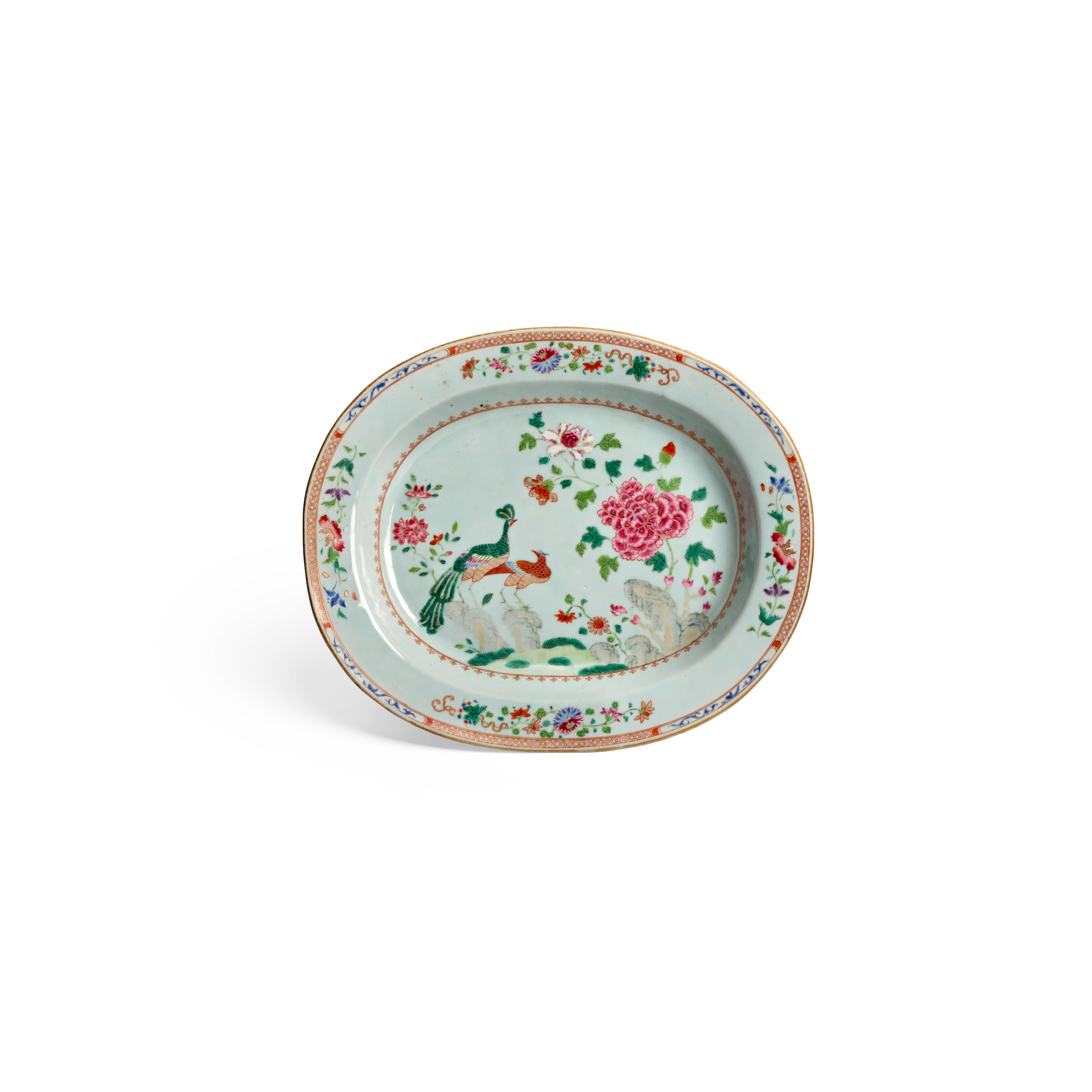
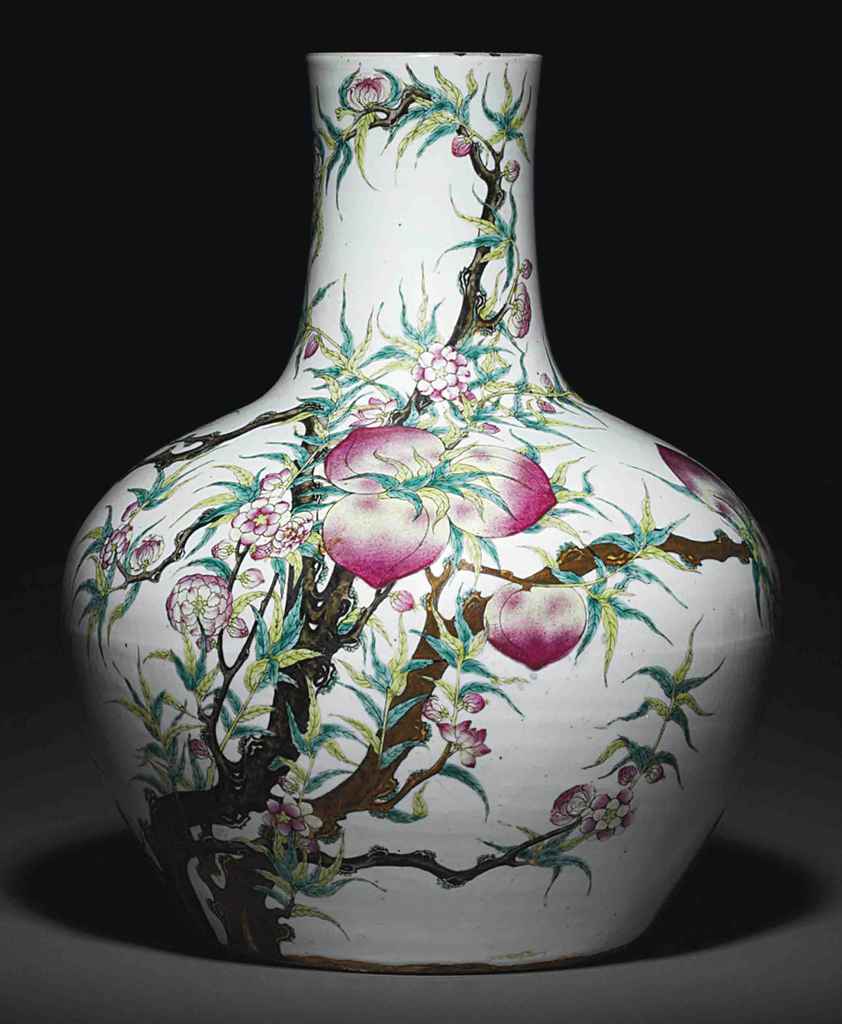
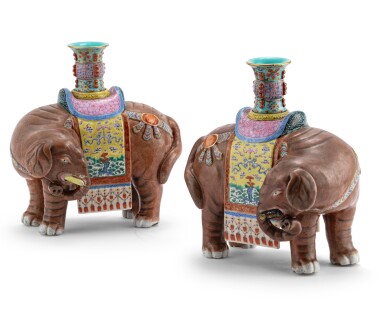
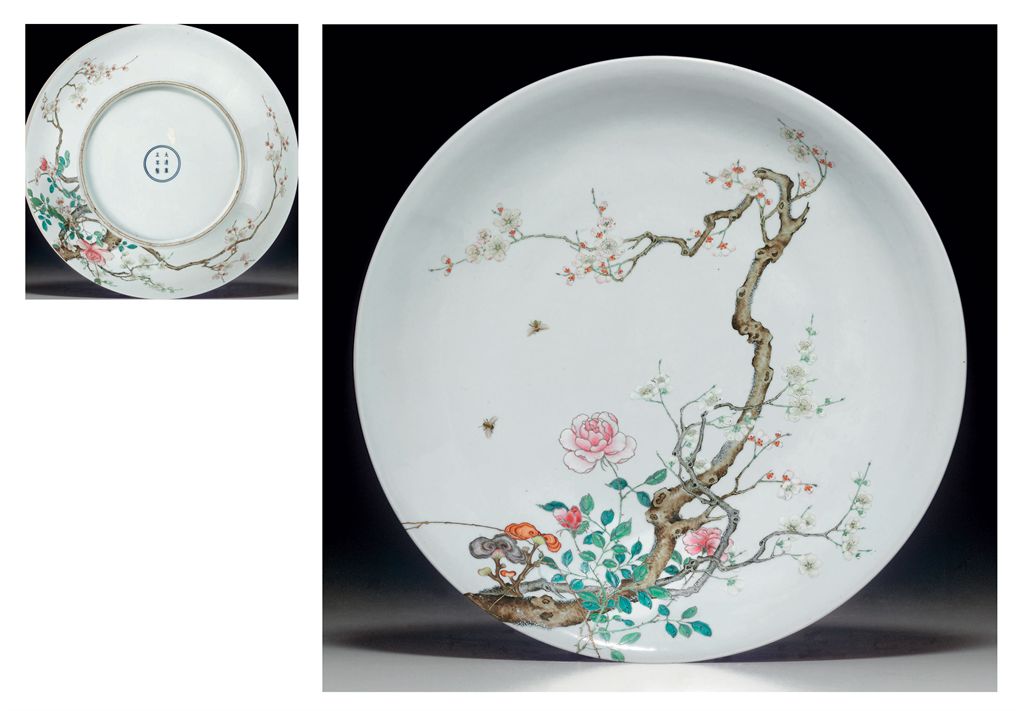
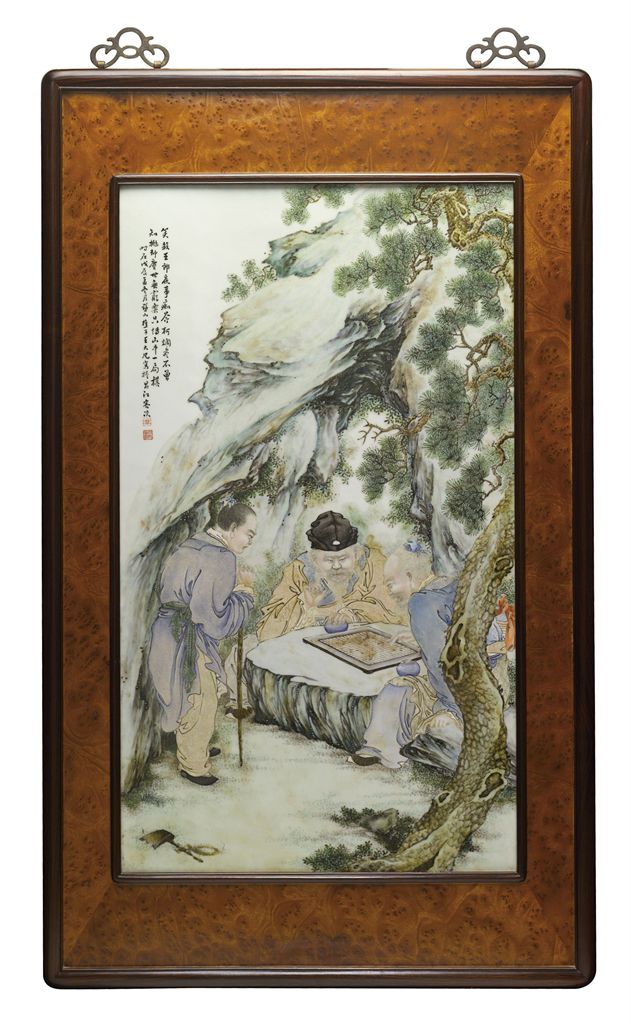
.jpg)

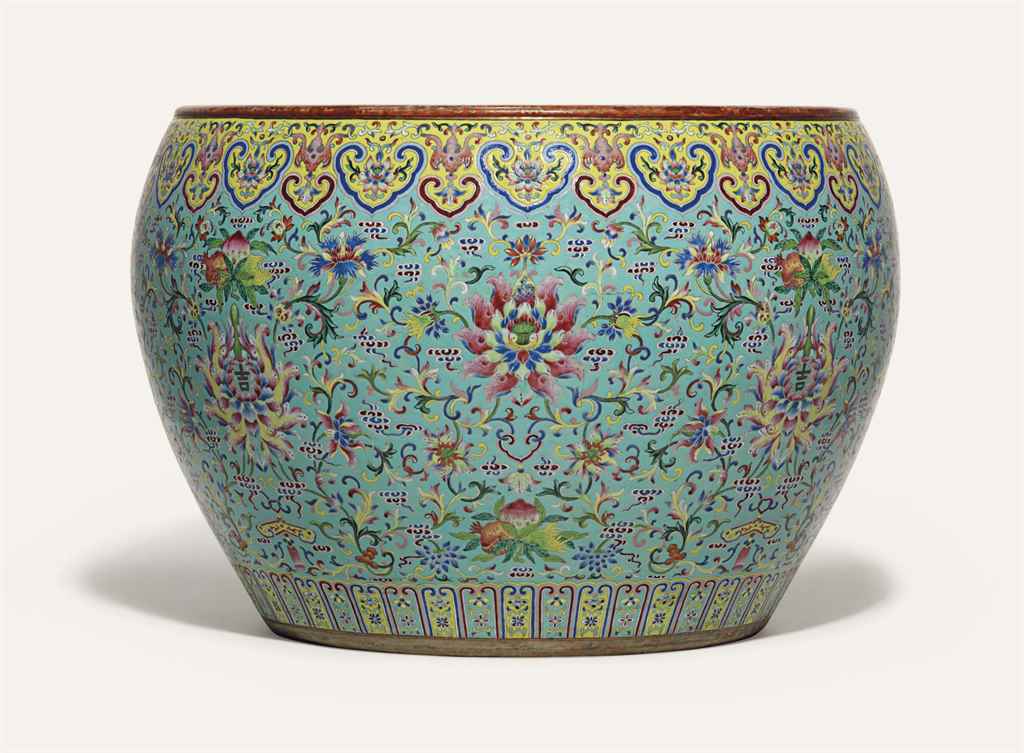
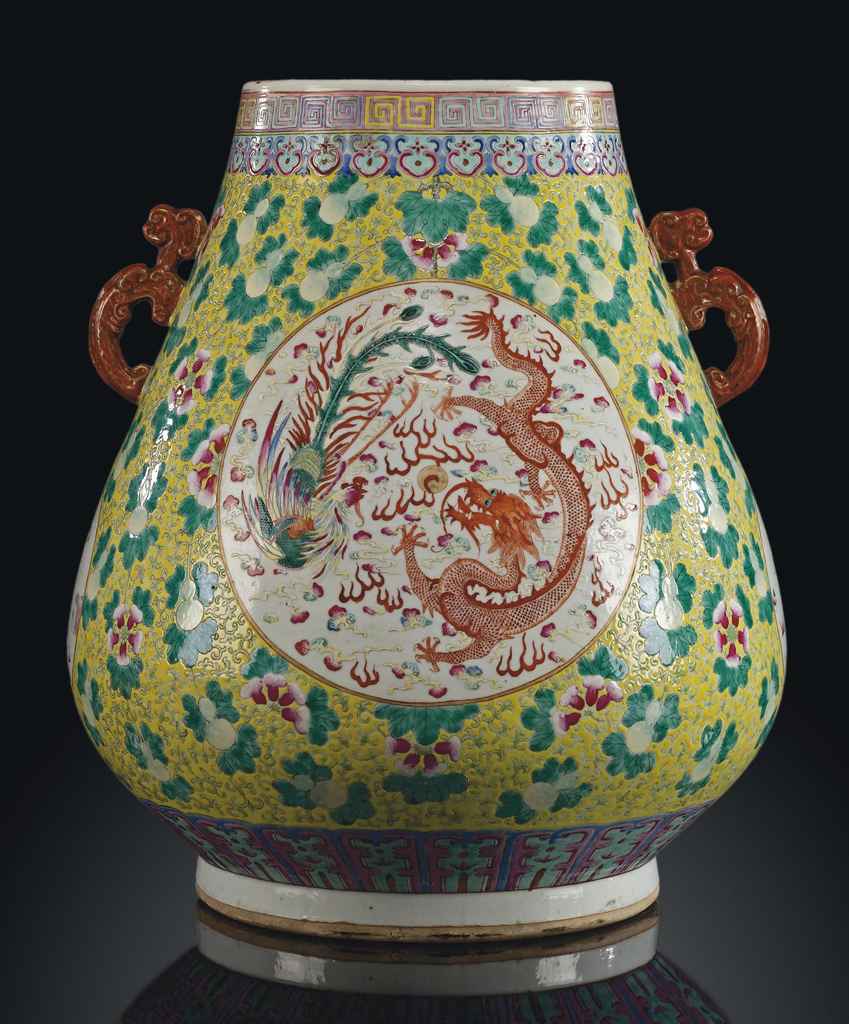

Try LotSearch and its premium features for 7 days - without any costs!
Be notified automatically about new items in upcoming auctions.
Create an alert